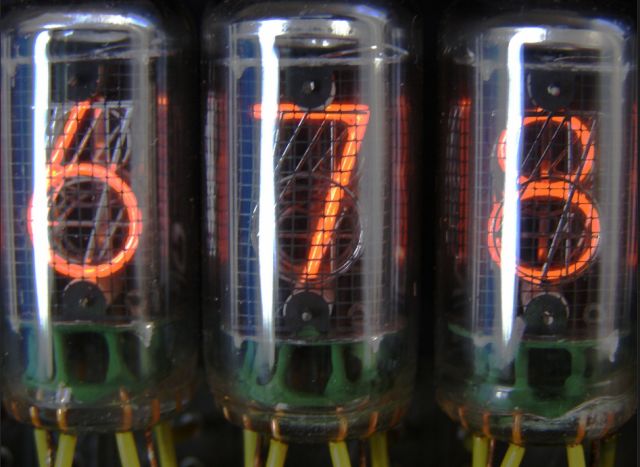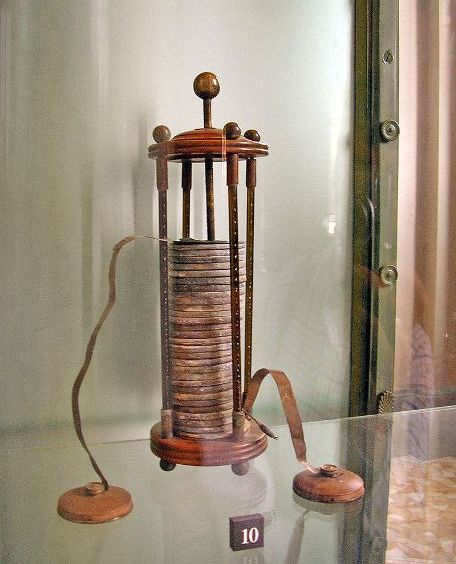Categories: Featured Articles » Novice electricians
Number of views: 3459
Comments on the article: 2
What is electric current?
When we pronounce the phrase “electric current”, we usually mean the most diverse manifestations of electricity. The current flows through the wires of high-voltage power lines, the current rotates the starter and charges the battery in our car, lightning during a thunderstorm is also electricity.

Electrolysis, electric welding, sparks of static electricity on a comb, current flows in a spiral of an incandescent lamp, and even in a tiny pocket flashlight a tiny current flows through an LED. Needless to say, our heart, which also generates a small electric current, is especially noticeable during the passage of the ECG procedure.
In physics, it is customary to call electric current ordered movement of charged particles and, in principle, of any charge carriers. An electron moving around an atomic nucleus is also a current. And a charged ebonite wand, if you hold it in your hand and move it from side to side, will also become a source of current: there is a charge not equal to zero and it moves.
Physical analogies between the flow of water in a water supply system and electric current: Wiring and Piping

D.C:

The current flows through the wires of household appliances powered by a wall outlet - electrons move back and forth 50 times per second - this is called alternating current.
High-frequency signals inside electronic devices are also an electric current, since electrons and holes (positive charge carriers) move inside the circuit.
Any electric current gives rise to its existence. a magnetic field. Around the conductor with current, it is necessarily present. There is no magnetic field without current and no current without magnetic field.
Even if there is no magnetic field around the current, it only means that the magnetic fields of the two currents at the time of observation are mutually compensated, as in the twin-wire wire of any electric kettle - the alternating currents are directed in opposite directions at each moment and flow parallel to each other - their magnetic fields are friend neutralize. This is called the principle of superposition of magnetic fields.
In practice, the existence of an electric current requires the presence of an electric field, potential or eddy. Extremely rarely charges move in a purely mechanical way (such as in the generator van de graaff - electrified rubber band).
Van De Graaff Generator:

In an electric field, a charged particle experiences the action of an electric force, which is called current source EMF - electromotive force. EMF is measured in volts as is the voltage between two points of an electrical circuit. The greater the voltage applied to the consumer, the greater the electric current this voltage can cause.
An alternating voltage generates an alternating current in the conductor to which it is applied, since the electric field applied to the charge carriers will also be alternating in this case. Constant voltage - a condition for the existence of a constant current in the conductor.
High-frequency voltage (changing its direction hundreds of thousands of times per second) also contributes to alternating current in the conductors, but the higher the frequency, the less charge carriers participate in creating current in the thickness of the conductor, since the electric field acting on charged particles is displaced closer to the surface, and it turns out that the current does not flow in the conductor, but along its surface. This is called the skin effect.

An electric current can exist in a vacuum, in conductors, in electrolytes, in semiconductors, and even in dielectrics (bias current).True, there can be no direct current dielectrics, since the charges in them do not have the ability to move freely, but can only move within the intramolecular distance from their original position under the action of an applied electric field.
Real electric current always implies the possibility of free movement of electric charges under the influence of an electric field.
The concept of "electric current" was introduced by the Italian physicist Alessandro Volta. Electric current, or, according to its version, "electric fluid" flowed in a closed circuit connecting the extreme circles of the voltaic column with a metal conductor.
Votlt Pillar (1800) was the first non-electrostatic type of electricity (constant current source), which consisted of alternating copper and zinc circles separated by cloth linings moistened with acidified water or acid.

The existence of a constant high potential on a volt pole was a completely new phenomenon for that time. It was the first chemical source of electricity, the potential of which was constant in time and did not require any methods of electrification for its renewal.
The voltaic pole, made up of a large number of circles, had a rather high potential at the ends, which could be detected not only by measuring instruments (in particular, by an electroscope), but also by touching the extreme circles with hands. At the same time, a strong electric shock was felt, as from a Leyden can.
The discovery of Volta spread very quickly in physics, became the subject of further research. In 1800, physicists using a voltaic column discovered the electrochemical effect of current, and in particular decomposition under the action of a current of water into oxygen and hydrogen. Experiences with galvanic cells allowed to detect, in addition to chemical, other new properties of the current, including its thermal and magnetic effects.
The French physicist A. M. Ampère devoted a number of his works to the study of the relation between electric current and magnetism. He found that two conductors with current experience a mutual influence - attraction or repulsion, depending on the direction of the currents in them. With his works, he laid the foundations of electrodynamics.
He proposed the term "electric current" and introduced the concept of its direction, which coincides with the movement of positive electricity. In honor of A. M. Ampere, a unit of measurement of electric current is named. Ampere is one of the seven basic units of the SI system.
Electric current has a number of properties that can be effectively used in many practical cases. Such properties include the transformation by simple technical means of the energy of electric current into the energy of other types (thermal, light, mechanical, chemical) and the possibility of transmitting it over long distances, the speed of propagation.
Interesting Facts:
Where does electric current flow?
Which current is more dangerous, direct or alternating?
See also at bgv.electricianexp.com
:
